Orthopedic Surgeons - What Do They Do?
Orthopedic surgeons are medical specialists who focus on diagnosing, treating, preventing, and rehabilitating conditions related to the musculoskeletal system.
This system includes bones, joints, muscles, ligaments, tendons, and nerves, all of which are essential for movement and stability.
Orthopedic surgeons play a crucial role in restoring mobility and improving the quality of life for patients suffering from injuries, chronic conditions, or congenital disorders.
In this article, we will explore the scope of orthopedic surgery, the conditions these surgeons treat, and the techniques they use to help patients regain function and alleviate pain.
Scope of Orthopedic Surgery
Orthopedic surgery encompasses a wide range of medical interventions, from non-invasive treatments to complex surgical procedures. Orthopedic surgeons often work in collaboration with physical therapists, rheumatologists, and other specialists to provide comprehensive care.
Key Responsibilities
- Diagnosis: Using advanced imaging techniques like X-rays, MRIs, and CT scans, orthopedic surgeons identify the root cause of musculoskeletal problems.
- Treatment Planning: Based on the diagnosis, they develop personalized treatment plans that may include physical therapy, medications, or surgery.
- Surgical Intervention: When necessary, they perform procedures to repair, reconstruct, or replace damaged structures.
- Rehabilitation: Post-surgery, they guide patients through rehabilitation programs to ensure optimal recovery and long-term success.
Conditions Treated by Orthopedic Surgeons
Orthopedic surgeons address a broad spectrum of conditions, including:
1. Traumatic Injuries
- Fractures: Broken bones caused by accidents or falls.
- Dislocations: Misalignment of joints due to sudden impact or strain.
- Tendon or Ligament Tears: Common in athletes, these injuries often involve the Achilles tendon or anterior cruciate ligament (ACL).
2. Degenerative Diseases
- Osteoarthritis: Wear-and-tear damage to joint cartilage, leading to pain and stiffness.
- Degenerative Disc Disease: A condition affecting the spinal discs, causing back pain and reduced mobility.
3. Congenital Disorders
- Clubfoot: A deformity where the foot is twisted out of shape.
- Hip Dysplasia: Improper formation of the hip joint, often detected in infants.
4. Chronic Conditions
- Rheumatoid Arthritis: An autoimmune disorder that inflames joints and damages cartilage.
- Bursitis: Inflammation of the fluid-filled sacs that cushion joints.
5. Sports Injuries
Orthopedic surgeons frequently treat sports-related injuries, including:
- Rotator cuff tears.
- Meniscus tears in the knee.
- Stress fractures.
Common Orthopedic Procedures
Orthopedic surgeons use a variety of techniques to address musculoskeletal issues. These procedures range from minimally invasive interventions to major reconstructive surgeries.
1. Joint Replacement Surgery
- Knee Replacement: Replacing damaged knee joints with artificial components.
- Hip Replacement: A similar procedure for the hip joint, often performed on patients with severe arthritis.
2. Arthroscopy
A minimally invasive procedure where a small camera (arthroscope) is inserted into the joint to diagnose and treat issues. Arthroscopy is commonly used for shoulder, knee, and wrist problems.
3. Spinal Surgery
- Spinal Fusion: Fusing two or more vertebrae to stabilize the spine.
- Discectomy: Removing a herniated disc to relieve pressure on spinal nerves.
4. Fracture Repair
Orthopedic surgeons use metal plates, screws, or rods to stabilize and heal broken bones.
5. Soft Tissue Repair
Surgical repair of torn ligaments, tendons, or muscles, such as ACL reconstruction or rotator cuff repair.
Non-Surgical Treatments
Not all orthopedic issues require surgery. Orthopedic surgeons often explore non-invasive options first, such as:
- Physical Therapy: Exercises to strengthen muscles and improve joint function.
- Medications: Anti-inflammatory drugs or corticosteroid injections to reduce pain and swelling.
- Orthotics: Custom braces or shoe inserts to support proper alignment and movement.
When to See an Orthopedic Surgeon
You may need to consult an orthopedic surgeon if you experience:
- Persistent joint or bone pain.
- Difficulty moving or reduced range of motion.
- Symptoms that worsen over time despite rest and home care.
- An injury that doesn’t heal properly or leads to deformity.
Early intervention can prevent minor issues from becoming chronic problems, ensuring a quicker and more effective recovery.
The Role of Orthopedic Surgeons in Recovery
Recovery from orthopedic conditions often involves a combination of surgery, rehabilitation, and lifestyle adjustments. Orthopedic surgeons play an active role in:
- Monitoring healing progress through follow-up appointments.
- Adjusting treatment plans as needed.
- Collaborating with physical therapists to design effective rehabilitation programs.
Their goal is not only to treat the condition but also to restore mobility, alleviate pain, and improve the patient’s overall quality of life.
Advancements in Orthopedic Surgery
Modern orthopedic surgery has been transformed by technological innovations:
- Robotic-Assisted Surgery: Enhances precision in joint replacements and other procedures.
- 3D Printing: Allows for the creation of custom implants and prosthetics.
- Regenerative Medicine: Techniques like stem cell therapy and platelet-rich plasma (PRP) injections promote natural healing.
These advancements have improved outcomes, reduced recovery times, and made orthopedic procedures safer and more effective.
Conclusion
Orthopedic surgeons are vital to maintaining and restoring the functionality of the human body. Their expertise spans a wide range of conditions, from traumatic injuries to chronic diseases, and their interventions—both surgical and non-surgical—are tailored to each patient’s unique needs.
As medical technology continues to evolve, orthopedic surgeons remain at the forefront of innovation, helping patients achieve better mobility, reduced pain, and an improved quality of life. Whether addressing a sports injury or managing a degenerative condition, their work underscores the importance of a healthy musculoskeletal system in our everyday lives.
